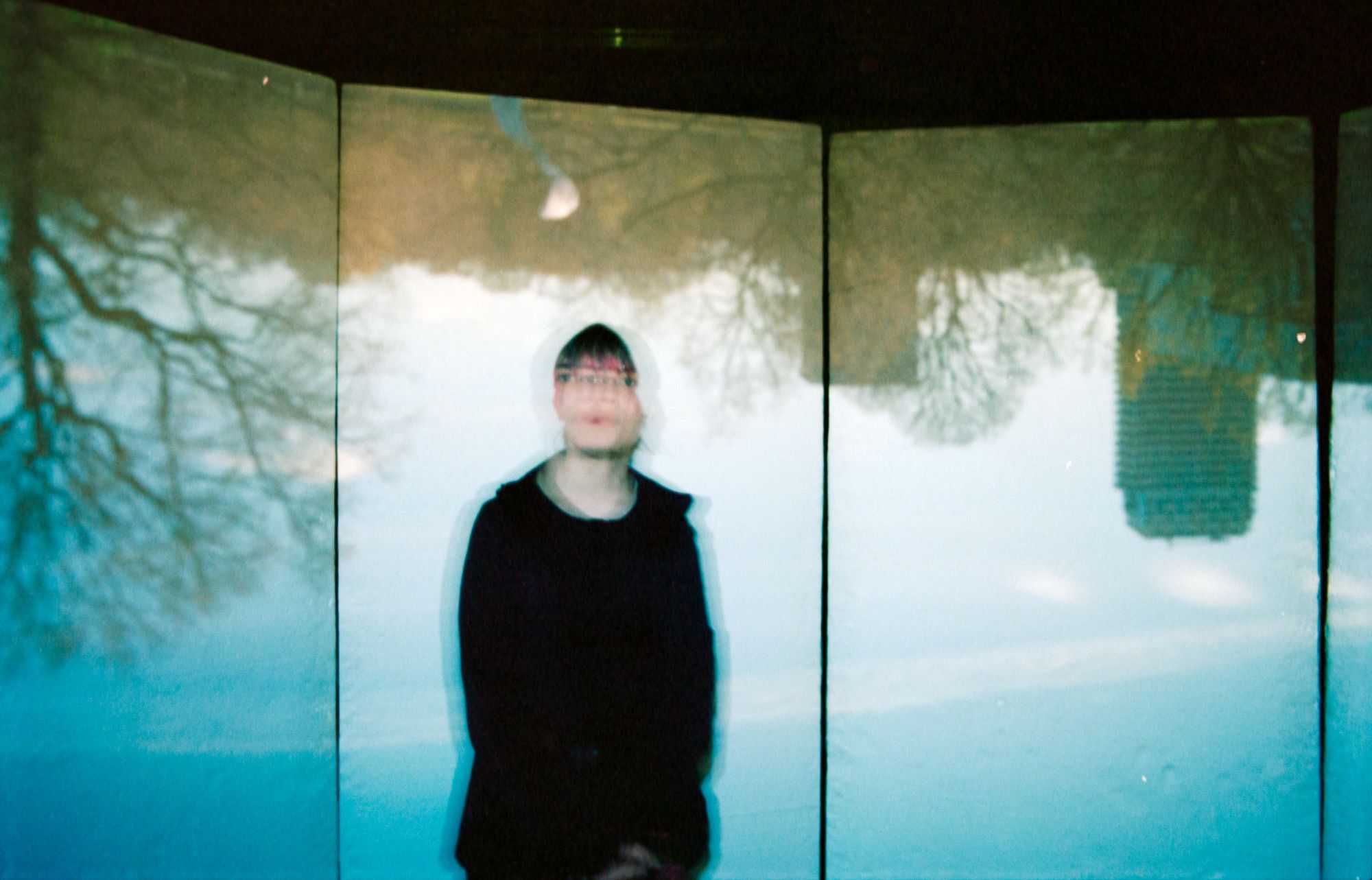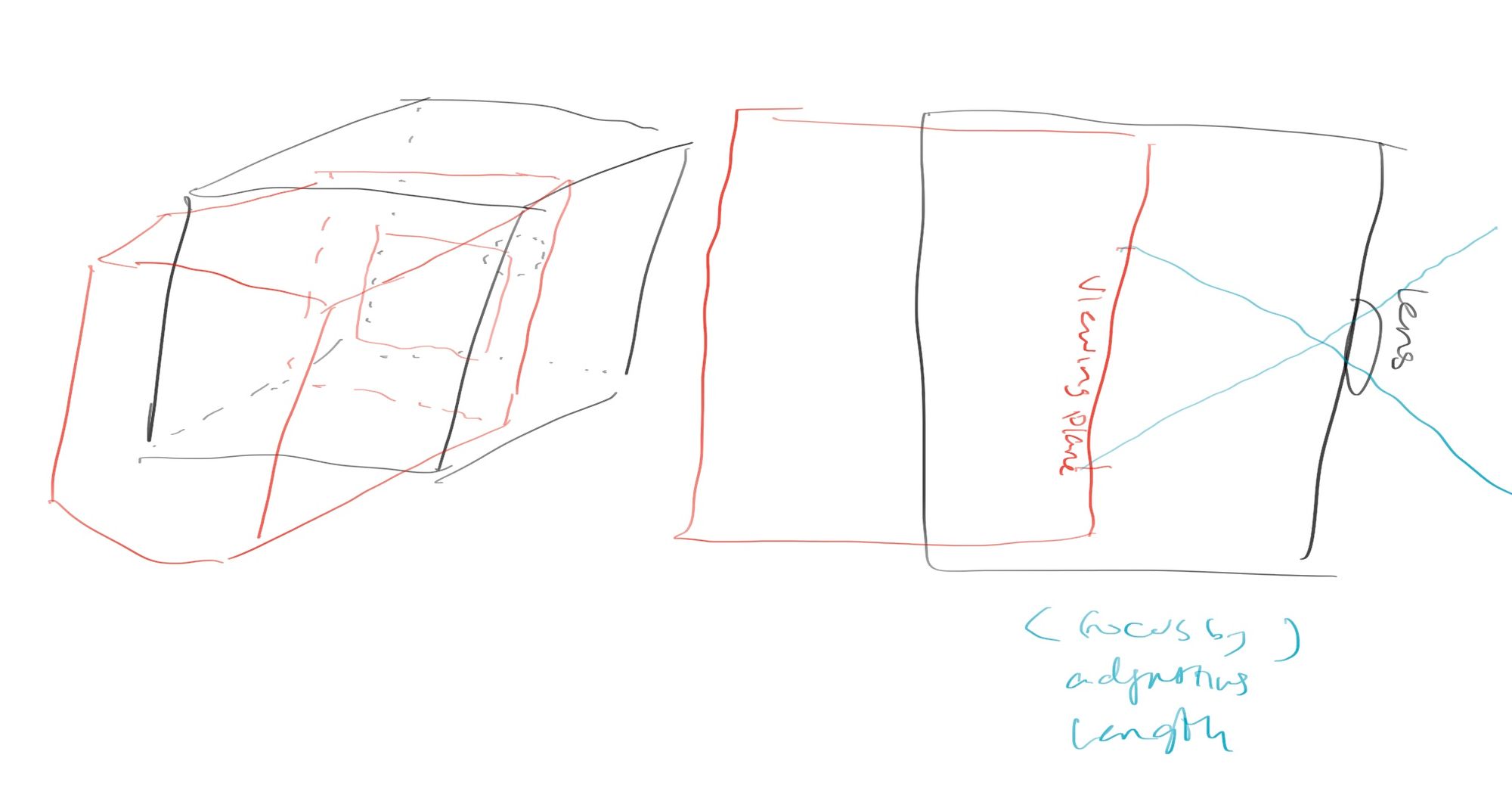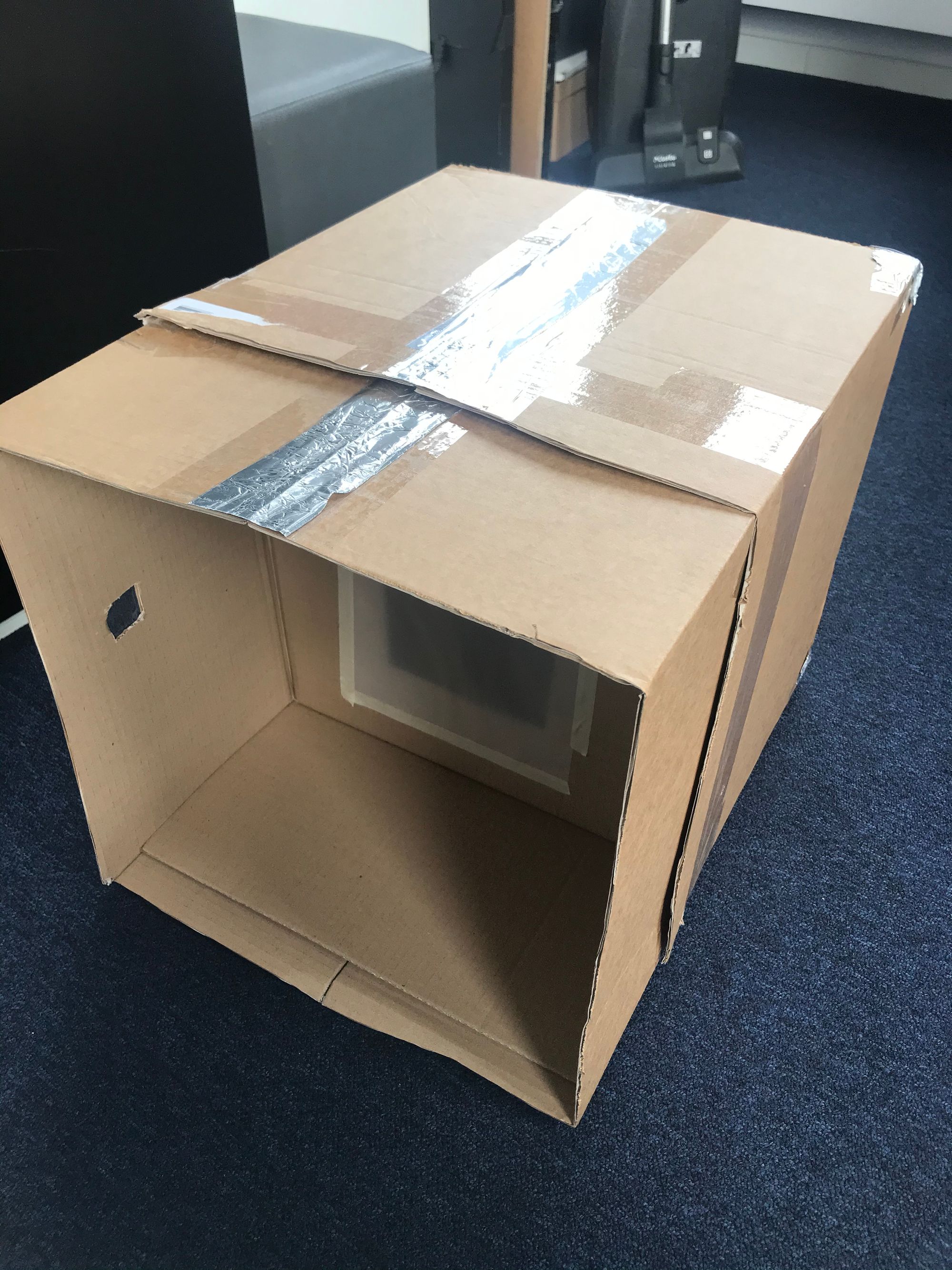ǝןǝʇ vision
By Ro Antia
Ro Antia uses physical waste from digital items to make analog images.
ǝןǝʇ vision is a camera obscura housed in an old television. It shows the faraway outside world in an unfocused and upside down format. Unlike a pinhole camera, ǝןǝʇ vision contains a lens and no light sensitive material to record images, so what is in front of the camera in that moment is what gets shown to the viewer. As it does not have a saving mechanism (film or paper), there is no image waste.
Ro found their iPhone box to be a convenient, sturdy, light tight box, perfect for making into a pinhole camera. Using mainly 35mm film, the box can take around 22 images on a 36 exposure roll. Without a viewfinder for seeing what the image might contain along with a badly made pinhole, many of the images are waste.

Research
Ro works with old and reclaimed materials, that they turn into cameras.
They are interested in how we hang onto so much stuff that is potentially usable. They used their three year old iPhone box (which for some reason they still had) to make a pinhole camera.
They are interested in their habit of holding on to things they don't need but have no real reason to keep or get rid of because it could be useful.
Data
Pinhole cameras use simple optics: a single small hole projects light on a light sensitive material. The shutter is manual, therefore it needs to be (relatively) accurately human measurable and reaction-able times, so shutter speeds are often between a few seconds (fast) and a few months (slow).
A camera obscura (literal latin: room dark) is a tool many artists use for projecting the world onto their canvas for a preliminary sketch. Many use a pinhole as their optics, though the use of a lens, as on the ǝןǝʇ vision can allow for brighter images.
Ro visited the photo studio-turned camera obscura twice. They took (very slow) self portraits there.

Prototypes & Experiments
Pinhole cameras can be made from scratch with any variety of materials. Their main requirement is that they need to block light. Ro finds that sturdy cardboard boxes, the kinds that hold photographic paper or that iPhones come in are naturally Almost light tight, and with the addition of a piece of a slightly larger matboard on the back, become light tight. With the addition of a pinhole and shutter and a way to hold the film/photographic paper, the camera is ready to be tested for leaks and exposure time.
iPhone boxes are ideal for current film formats, as they are tall enough to hold 120 format film and wide enough to have place for the spools and still give 6x6 cm negatives. 35mm is more accessible and cheaper per photo so that's mostly what Ro works with.


For the camera obscura, Ro started with some old cardboard from an IKEA shipment, removed the lens from a magnifying glass that was lying around (from an other older project), and followed some internet instructions to make a camera obscura from the box. They also tried using old SLR lenses, but after trying it repeatedly, Ro decided (with no hard data) that the lenses focusing ranges were not intended to project on an image plane so large and ffar from the lens mount.


When they went to make ǝןǝʇ vision, they found a small CRT television on marktplaats. Ro overpaid the kind person from whom they picked it up and removed the tube, which they kept, just in case they wanted to make a curved panel to mimic the tube's front. (which they did use and then still have the tube, just in case...)
